 Carl Black, MD
Carl Black, MD
If you experience the aching or cramping sensations that are associated with varicose veins, you may find it difficult to make it through each day. With an estimated 30-60 percent of adults suffering from varicose veins, it’s a good bet you are not alone. Whether your condition is the result of genetics, hormones or having an occupation that requires being on your feet for long periods, varicose and spider veins can create non-stop discomfort. However, Utah residents now have a varicose vein center that may be able to eliminate this painful condition.
What Causes Varicose Veins and Spider Veins?
There are plenty of reasons both men and women develop
varicose and
spider veins, including obesity, a prior history of blood clots, use of birth control pills or even abdominal tumors that can put increased pressure on veins. If you are a woman who’s expecting a baby, varicose and spider veins may worsen during your pregnancy. Swelling around your ankles may occur, sometimes leading to a darkening of the skin. Occasionally, blood clots may occur, especially as people age, so it’s a good idea to see your doctor if problems persist.
Treating Varicose and Spider Veins
When many people think of varicose and spider veins, the first image that comes to mind is support stockings and socks. Considered the most conservative treatment option, these can sometimes provide enough support to alleviate pain and suffering. For some, getting rid of varicose and spider veins may involve simply losing weight and exercising. Walking has been shown to be an effective treatment for this condition, and improved skin hygiene can sometimes help. However, for those of you with severe cases, you’ll probably need more advanced treatment. If propping up your legs or wearing support hose or socks aren’t enough, you’ve got plenty of other treatment options. These can include traditional sclerotherapy and newer treatments such as endovenous thermal ablation. Sclerotherapy involves injecting a saline solution into a vein, causing it to typically disappear within six weeks. A simple and inexpensive procedure, it’s done on an outpatient basis. Thermal ablation involves inserting a catheter into the vein, which then delivers energy, forcing the vein to collapse. Also done on an outpatient basis, local anesthesia is used for this procedure.
Get the Help You Need
If you’re suffering from varicose and spider veins, we can help alleviate your pain. If you live in Utah varicose vein treatment is available to help your legs once again look and feel healthy. IVC is located in Provo at the Physician’s Plaza on the Utah Valley Hospital campus.
Schedule an appointment today, and we will be happy to discuss your condition and any available treatment options.


